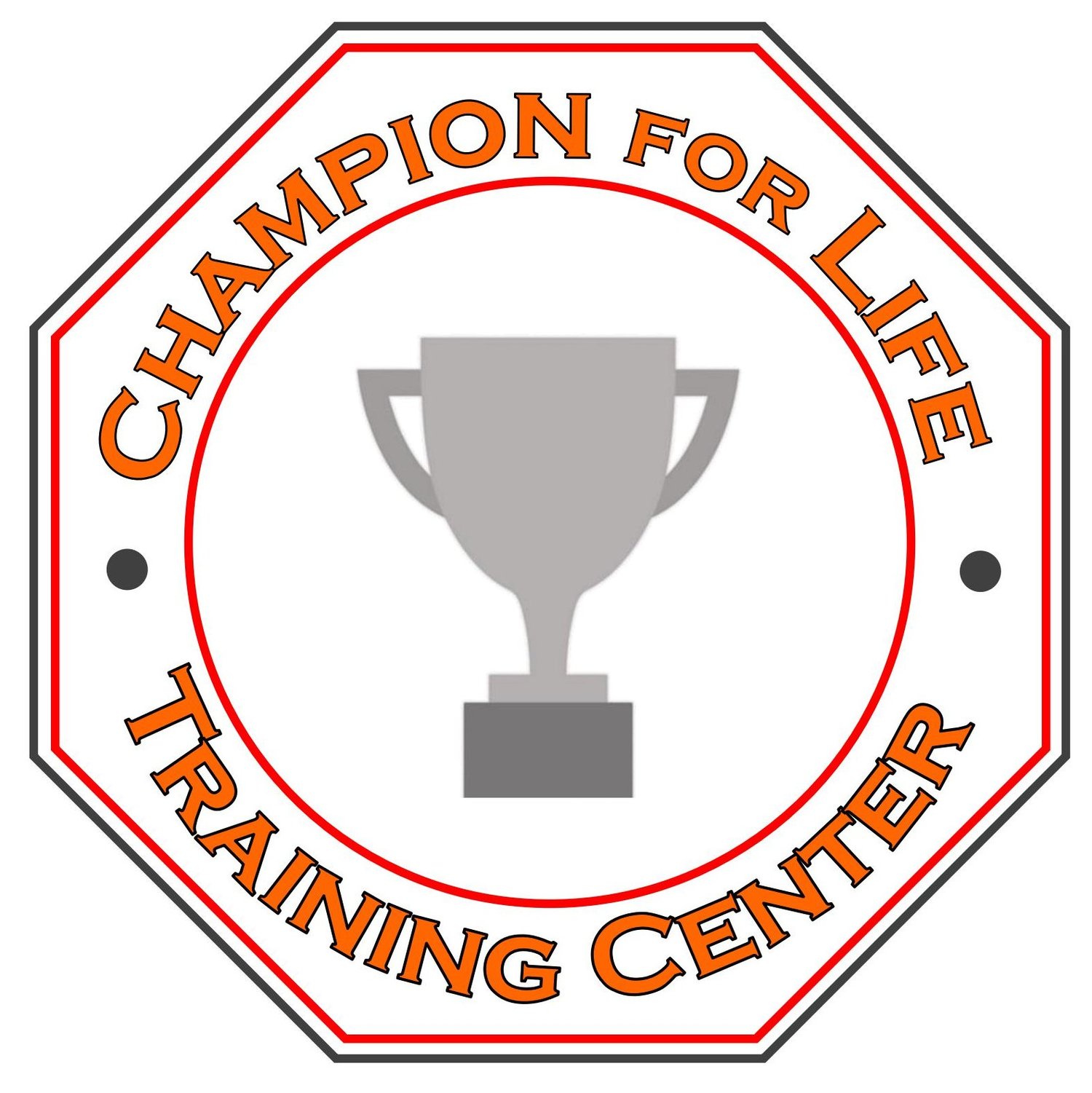The Importance of Stretching & How to Do It Right
Stretching. Flexibility. These are all too often parts of our training that go overlooked. We wait to focus on them until something hurts and at that point the damage is already done. Maybe we add it into our warm-up but spend less than sixty seconds doing it. Neither of these is maximizing the full potential of what stretching can do for recovery, for strength, or overall performance. If you’re really trying to maximize who you want to be as a competitor, stretching is an important part of that process, and if you’re wanting to do it right…here’s how.
The Importance of Stretching
Muscles and tissue have two important characteristics when it comes to flexibility: elasticity and plasticity. Elasticity is a tissue’s ability to stretch and then return to its original size and length. Plasticity is a tissue’s ability to stretch past this point of return and deform the tissue permanently to increase total range of motion. Plasticity is also the cause for less stable joints through chronic overstretching, which can be avoided by knowing the different types of stretching and how to stretch properly.
Four common types of stretching are static stretching, dynamic stretching, ballistic stretching, and proprioceptive neuromuscular facilitation.
Types of Stretching & How to Do Them
Static stretching is moving a joint to the end of its current range of motion and holding it there for 30 seconds.
Dynamic stretching is mimicking a movement pattern about to be performed and to continue doing so until full range of motion has been progressively established. This helps prepare the specific tissues and increase that pattern’s flexibility.
Ballistic stretching is moving a joint to the end of its current range of motion then bouncing at that point for 30 seconds to stretch past that length and create plastic deformation. This type of stretching should be used with care as it can also damage tissue if not properly prepared.
Finally, proprioceptive neuromuscular facilitation has many different routines but the most common one is to initially contract the muscle to be stretched for 6 seconds, then immediately stretch that same muscle for 30 seconds. This allows for a deeper stretch into full range of motion as well as tissue lengthening to increase range of motion.
Wrapping It Up
Regardless of your goals, stretching should be a daily part of your training and routine. Whether you are wanting to maximize your current range of motion and increase strength potential or further increase your range of motion and flexibility, these stretching methods can help you reach a higher athletic potential.
Give these methods a try and incorporate them into your training routine!
